The cost of car suspension and steering repairs ranges from $200 to $1,500+, depending on parts, labor, and vehicle type.
Car suspension and steering systems are crucial for a smooth and safe driving experience. Issues with these components can lead to poor handling, uneven tire wear, and potential safety hazards. Common problems include worn-out shocks, struts, ball joints, tie rods, and power steering issues.
Repair costs depend on the severity of the problem and the type of vehicle. Regular maintenance can help prevent costly repairs and ensure your car’s longevity. Understanding the potential costs can help you budget better and avoid unexpected expenses. Always consult a professional mechanic for accurate diagnostics and repair estimates.
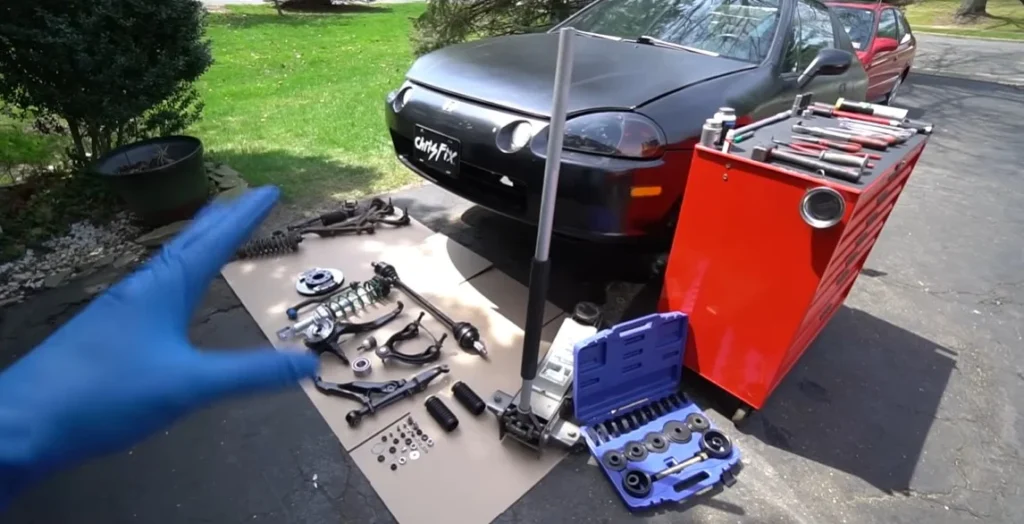
Types Of Suspension Systems
Understanding the different types of suspension systems can help you estimate the cost of repairs. Each system has unique characteristics and costs. Let’s explore the main types of suspension systems used in cars.
Macpherson Strut
The MacPherson Strut is a common type of suspension system. It is simple and cost-effective. This system combines the shock absorber and coil spring into one unit. This makes it lighter and more compact. Many front-wheel-drive cars use this system. It offers a balance between cost and performance.
| Pros | Cons |
|---|---|
|
|
Double Wishbone
The Double Wishbone suspension system offers better performance. It uses two control arms, which provide more stability. This system is common in high-performance and luxury vehicles. It is more complex and expensive than the MacPherson Strut.
- Better handling
- Increased stability
- Longer lifespan
But, the complexity of this system means higher repair costs. Parts are more expensive and labor is more intensive.
Multi-link
The Multi-Link suspension system is highly advanced. It uses multiple arms to control each wheel. This provides excellent handling and comfort. It is common in high-end and sports cars.
- Superior performance
- Improved ride comfort
- Enhanced stability
But, this system is the most expensive to repair. It has many parts and requires skilled labor. The cost reflects the high level of engineering and performance.
Common Suspension Problems
The car’s suspension system ensures a smooth ride. It also keeps the vehicle stable. Problems in this system can lead to discomfort. They can also cause safety issues. Here are some common suspension problems:
Worn Shocks And Struts
Shocks and struts help control the car’s movement. They absorb bumps and ensure a smooth ride. Over time, they wear out. Worn shocks and struts can cause the car to bounce. They can also make it hard to steer. Replacing them can be costly but is essential for safety.
Broken Springs
Springs support the car’s weight. They also absorb road shocks. When a spring breaks, the car may lean to one side. This can make driving unsafe. Broken springs also affect the car’s alignment. This can lead to uneven tire wear. Fixing broken springs is important to maintain control and comfort.
Control Arm Issues
The control arm connects the wheels to the car’s frame. It allows the wheels to move up and down. If a control arm is damaged, the car may pull to one side. This can make steering difficult. A bad control arm can also cause vibrations. Replacing a control arm is crucial for safe driving.
| Suspension Problem | Symptoms | Importance of Repair |
|---|---|---|
| Worn Shocks and Struts | Bouncing, hard to steer | Ensures smooth ride, safety |
| Broken Springs | The car leans, and uneven tire wear | Maintains alignment, control |
| Control Arm Issues | A car pulls to one side, vibrations | Ensures safe steering |
- Regular checks can prevent major issues.
- Early repairs save money and ensure safety.
- Professional service is recommended for complex repairs.
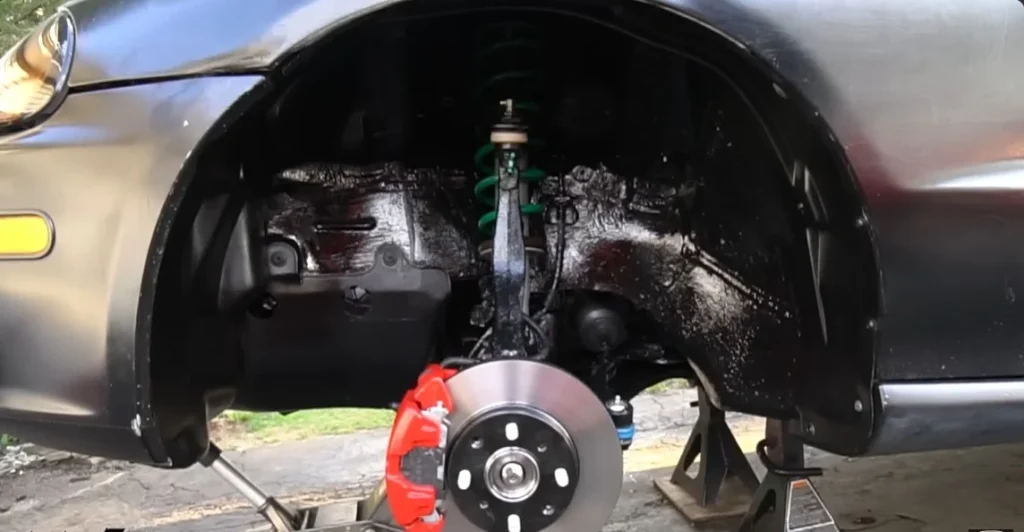
Steering System Basics
Understanding your car’s steering system is crucial for safe driving. The steering system allows you to control the vehicle’s direction. It translates the rotation of the steering wheel into the turning of the wheels. Let’s delve into the key components of the steering system.
Rack And Pinion
The rack and pinion system is common in modern cars. It consists of two main components: the rack and the pinion. The pinion is a gear attached to the steering shaft. When you turn the steering wheel, the pinion moves the rack. This movement turns the wheels of your car.
Rack and pinion systems offer precise steering. They are also lightweight and compact. This makes them ideal for smaller vehicles. However, they can wear out over time. Regular maintenance is essential to keep them functioning well.
Recirculating Ball
The recirculating ball system is older but still used in trucks and larger vehicles. It consists of a worm gear inside a block filled with ball bearings. When you turn the steering wheel, the worm gear rotates. This motion moves the block, which then turns the wheels.
Recirculating ball systems are durable and handle heavy loads well. They offer less precise steering compared to rack and pinion systems. They require more space, making them suitable for larger vehicles. Regular lubrication and checks are crucial for their longevity.
Power Steering
Power steering systems make steering easier. They use hydraulic or electric actuators to assist the driver. In hydraulic power steering, a pump driven by the engine pressurizes hydraulic fluid. This fluid helps move the rack or worm gear, reducing the effort needed to turn the wheel.
Electric power steering uses an electric motor to assist steering. It is more efficient and requires less maintenance. Both types of power steering systems improve driving comfort. They make it easier to steer at low speeds or in tight spaces.
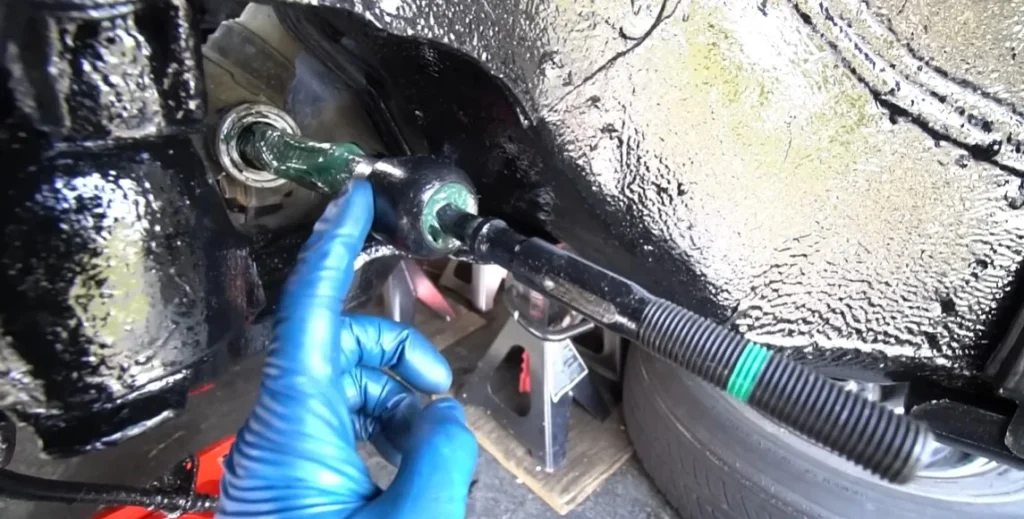
Signs Of Steering Problems
Knowing the signs of steering problems can save you money. These signs help you catch issues early. Early detection keeps repair costs low.
Steering Wheel Vibration
If your steering wheel vibrates, your car may have a problem. This vibration often happens when driving at high speeds. It can mean misaligned tires or worn-out suspension components. Check your tires and suspension parts first.
Loose Steering
Loose steering means you have to turn the wheel more than usual. This can make your car feel unstable. It often points to worn-out steering components. Inspect your tie rods and steering rack for issues.
Difficulty Turning
Struggling to turn your car can be dangerous. It may mean your power steering fluid is low. There could also be a problem with the steering pump. Check the fluid levels and inspect the pump.
| Sign | Possible Cause | Action |
|---|---|---|
| Steering Wheel Vibration | Misaligned tires, worn suspension | Check tires, inspect suspension |
| Loose Steering | Worn-out steering components | Inspect tie rods, steering rack |
| Difficulty Turning | Low power steering fluid, faulty pump | Check fluid levels, inspect pump |
Regular maintenance can prevent these issues. Be proactive to keep repair costs low.

Cost Factors In Repairs
Understanding the cost of car suspension and steering repairs is essential. Various factors influence the overall expense. Three main areas impact the final bill: labor costs, parts prices, and vehicle type. Let’s explore each factor in detail.
Labor Costs
Labor costs depend on the mechanic’s expertise and the repair shop’s location. Skilled mechanics charge more due to their experience. Repair shops in cities often have higher rates than those in rural areas. Labor costs also vary by the complexity of the repair. Simple fixes take less time and cost less. Complex repairs take longer and cost more.
Parts Prices
The price of parts greatly affects the repair cost. Original parts from the manufacturer are usually more expensive. Aftermarket parts can be cheaper but may vary in quality. Here is a comparison table:
| Part Type | Average Cost |
|---|---|
| Original Manufacturer Parts | $200 – $500 |
| Aftermarket Parts | $100 – $300 |
Using high-quality parts ensures better performance and longer life. Cheaper parts may save money initially but could lead to more repairs.
Vehicle Type
Your vehicle type also impacts repair costs. Luxury cars often have more expensive parts. Trucks and SUVs may need sturdier, pricier components. Here are some cost examples based on vehicle type:
- Economy Cars: Lower parts and labor costs
- Luxury Cars: Higher parts and labor costs
- Trucks and SUVs: Higher due to larger, durable parts
Consider these factors before planning your repair budget. Understanding them helps you make informed decisions and avoid surprise expenses.
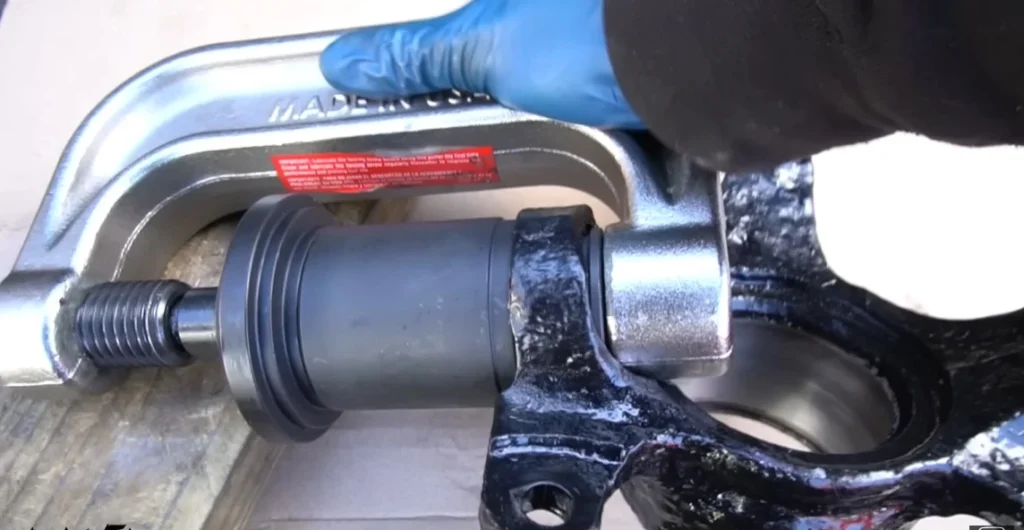
Diy Vs Professional Repairs
Deciding between DIY vs Professional Repairs for your car’s suspension and steering can be tricky. Both options have their pros and cons. DIY repairs save money but require time and effort. Professional repairs cost more but offer peace of mind and expertise.
Tools Needed
For DIY repairs, you’ll need specific tools. Here’s a list:
- Socket set
- Jack and Jack stand
- Torque wrench
- Ball joint separator
- Spring compressor
- Wrenches
These tools are essential for suspension and steering repairs. Without them, the job becomes hard and dangerous.
Skill Level Required
DIY repairs need a good understanding of car mechanics. Basic tasks might be easy, but advanced tasks require more skill. Here’s a breakdown:
| Task | Skill Level |
|---|---|
| Replacing shocks | Beginner |
| Replacing struts | Intermediate |
| Aligning wheels | Advanced |
Understanding your skill level helps in making an informed choice.
When To Call A Mechanic
Some repairs are best left to professionals. Call a mechanic if:
- You lack the necessary tools.
- The task is too complex.
- You don’t have time.
- You want a warranty on the work.
Professional help ensures the job is done right the first time.
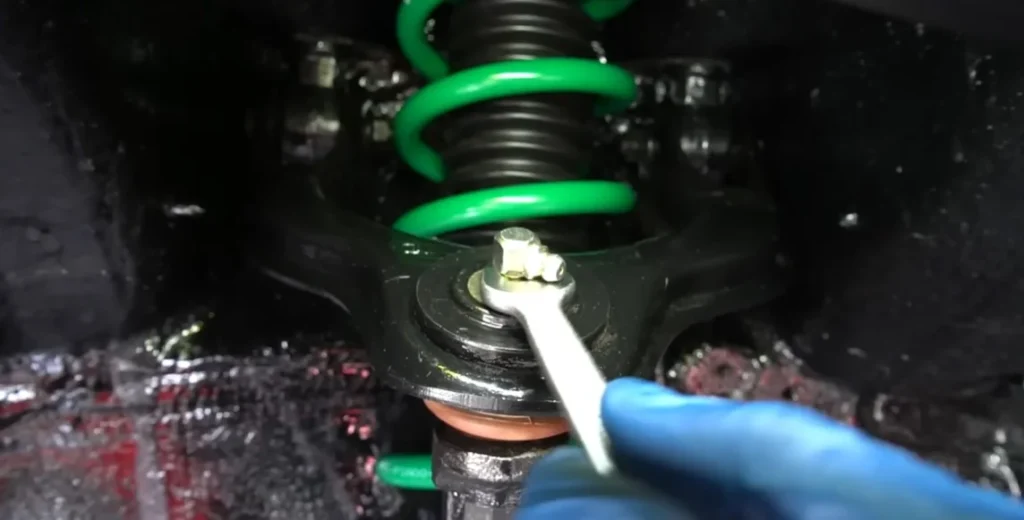
Preventive Maintenance Tips
Preventive maintenance is key to reducing the cost of car suspension and steering repairs. By following simple tips, you can extend the life of your vehicle’s components. It also ensures a smoother and safer ride.
Regular Inspections
Regular inspections help catch issues early. Inspect your suspension and steering systems at least once a year. Look for signs of wear and tear, like cracks or leaks. Early detection can save you money on costly repairs.
Proper Tire Maintenance
Proper tire maintenance is crucial. Always keep your tires inflated to the recommended pressure. Check tire tread depth regularly. Rotate your tires every 6,000 to 8,000 miles. Balanced tires reduce stress on the suspension and steering systems.
Fluid Checks
Fluid checks are essential for smooth steering. Check your power steering fluid monthly. Low fluid levels can cause steering issues. Top up as needed to avoid damage. Clean fluid ensures the system works efficiently.
| Maintenance Task | Frequency | Benefits |
|---|---|---|
| Inspection | Annually | Early issue detection |
| Tire Pressure Check | Monthly | Balanced ride |
| Tire Rotation | 6,000 – 8,000 miles | Even wear |
| Fluid Check | Monthly | Efficient steering |

Frequently Asked Questions
How Much Does Car Suspension Repair Cost?
Car suspension repairs usually range from $500 to $1,500, depending on the damage and parts needed.
What Affects Steering Repair Costs?
Steering repair costs depend on the type of vehicle, extent of damage, and labor charges.
Are Suspension Repairs Necessary?
Yes, suspension repairs are crucial for vehicle safety, handling, and ride comfort.
Can I Drive With A Broken Suspension?
Driving with a broken suspension is unsafe and can cause further vehicle damage.
How Long Do Steering Repairs Take?
Steering repairs typically take a few hours to a full day, depending on the complexity.
What Are Signs Of Bad Suspension?
Common signs include unusual noises, uneven tire wear, and poor handling or steering response.
Conclusion
Maintaining your car’s suspension and steering is essential for safety and performance. Costs can vary based on parts and labor. Regular maintenance helps avoid expensive repairs. Always consult a professional mechanic for accurate estimates and quality service. Keep your vehicle in top shape to ensure a smooth and safe driving experience.
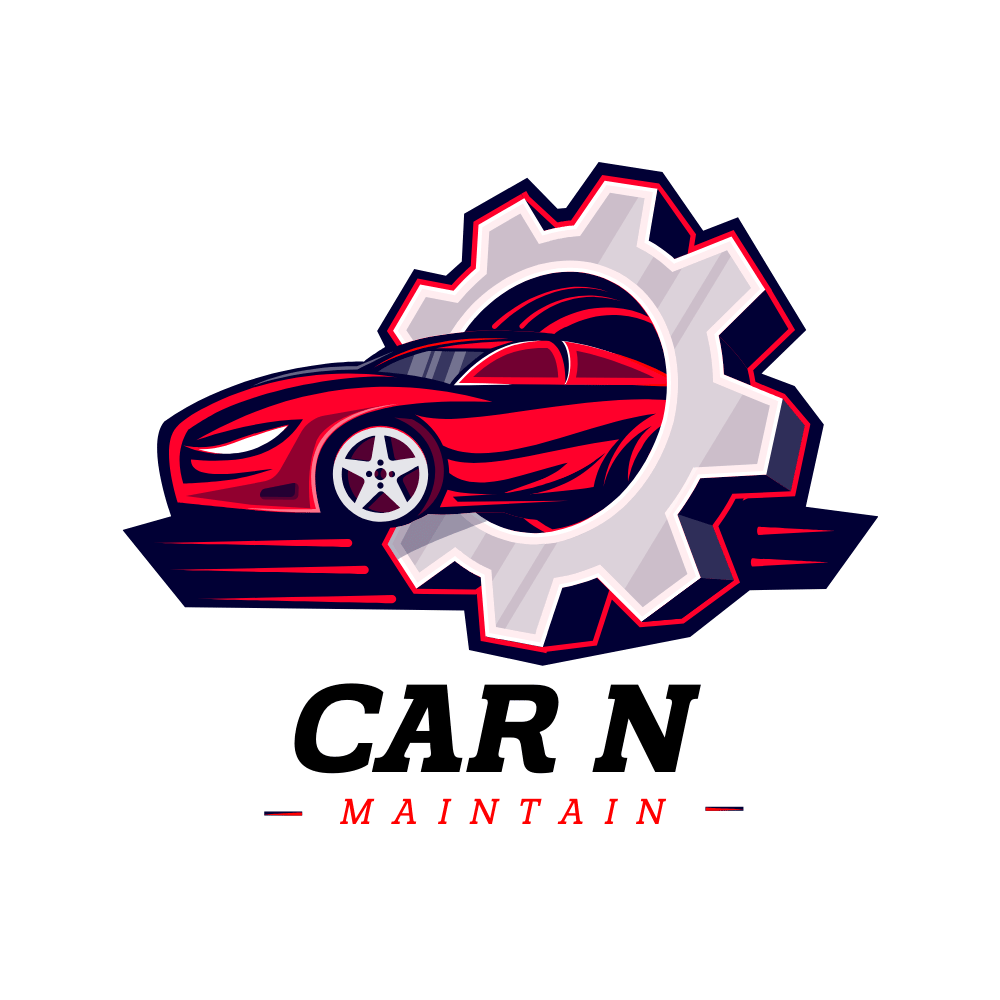
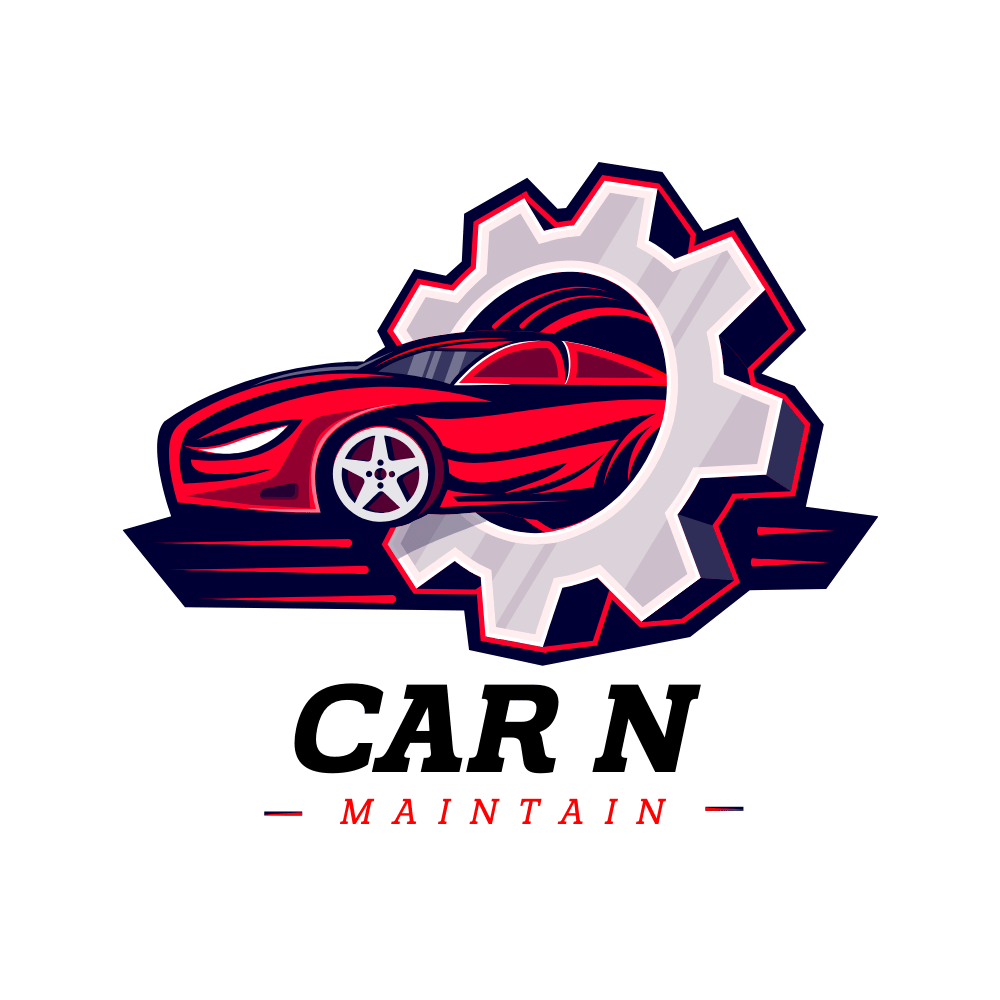










Leave a Reply